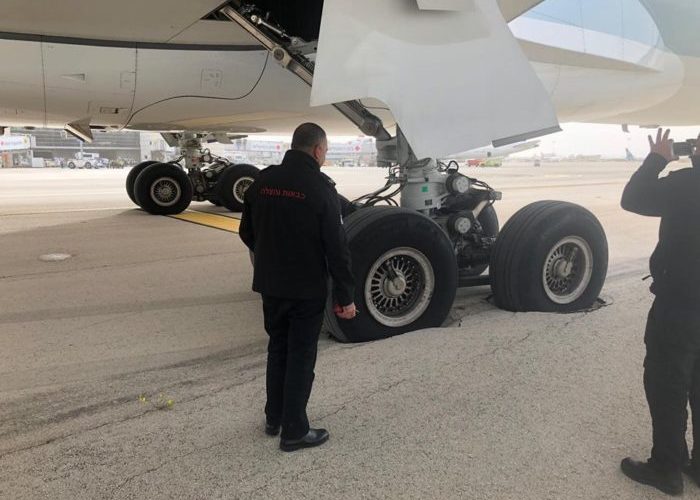Runways are more than just long stretches of pavement—they are carefully engineered surfaces designed to accommodate different types of aircraft. One key aspect of runway strength classification is the Pavement Classification Number (PCN), a standardized system used globally to indicate the load-bearing capacity of a runway.
What is PCN?
The Pavement Classification Number (PCN) is a numerical value assigned to a runway that represents its strength. It helps pilots, airlines, and airport authorities determine whether a specific aircraft can safely use the runway without causing damage. PCN is often paired with the Aircraft Classification Number (ACN), which represents the impact of an aircraft on a given surface. For safe operations, the ACN of an aircraft should not exceed the PCN of the runway.
How is PCN Determined?
PCN is made up of five parts, typically formatted as PCN 45/F/A/W/T. Here’s what each element means:
- Numerical Value (e.g., 45) – Indicates the overall strength rating of the pavement.
- Pavement Type (F or R) – “F” stands for flexible pavement (asphalt), and “R” stands for rigid pavement (concrete).
- Subgrade Category (A, B, C, D) – The strength of the soil supporting the pavement:
- A = High strength
- B = Medium strength
- C = Low strength
- D = Ultra-low strength
- Tire Pressure (W, X, Y, Z) – The maximum tire pressure the pavement can handle:
- W = No limit
- X = 1.75 MPa (≈254 psi)
- Y = 1.25 MPa (≈181 psi)
- Z = 0.5 MPa (≈72 psi)
- Evaluation Method (T or U) – How the PCN was determined:
- T = Technical evaluation (engineering analysis)
- U = Usage evaluation (based on aircraft operations)
Why is PCN Important?
PCN ensures that runways remain in good condition and are not subjected to excessive loads that could cause cracks, deformations, or premature wear. It allows airports to regulate which aircraft can land safely, minimizing maintenance costs and maximizing operational safety. Airports with different PCN values cater to specific aircraft types, ensuring longevity and efficiency in runway usage.
PCN vs. ACN: The Key Relationship
Aircraft have their own classification called the Aircraft Classification Number (ACN), which represents their impact on pavement. The rule of thumb is simple: an aircraft’s ACN should be equal to or lower than the runway’s PCN for safe operation.
For example, if an aircraft has an ACN of 40 and the runway has a PCN of 50, it is safe to land. However, if the ACN exceeds the PCN, special approvals or weight restrictions may be required. Airlines must take this into consideration during flight planning to ensure compliance with airport limitations.
Example PCN vs. ACN Comparison Chart
Here’s how some common aircraft compare to typical PCN values:
| Aircraft Type | Typical ACN (at MTOW) | Suitable PCN |
|---|---|---|
| Boeing 737-800 | 42 (Rigid), 48 (Flex) | 50+ |
| Airbus A320 | 40 (Rigid), 46 (Flex) | 50+ |
| Boeing 777-300ER | 69 (Rigid), 75 (Flex) | 80+ |
| Airbus A350-900 | 63 (Rigid), 70 (Flex) | 75+ |
PCN Variability Across Airports
PCN values vary significantly depending on the airport. Major international hubs with high volumes of wide-body aircraft (e.g., London Heathrow, Dubai International, Los Angeles International) have runways with PCN values exceeding 100, capable of handling aircraft like the Airbus A380. In contrast, smaller regional airports might have lower PCN values, restricting operations to lighter aircraft.
Some runways undergo periodic resurfacing or strengthening to adjust their PCN values in response to evolving airline fleets. Airlines must regularly check published PCN values in airport data sources, such as the Aeronautical Information Publication (AIP), to ensure operational compatibility.
Understanding PCN is crucial for pilots, airport operators, and aviation enthusiasts. It ensures that runways are used appropriately and helps maintain the integrity of airport infrastructure. Next time you land at an airport, remember that beneath your wheels is a carefully calculated pavement classification ensuring a safe and smooth touchdown!








